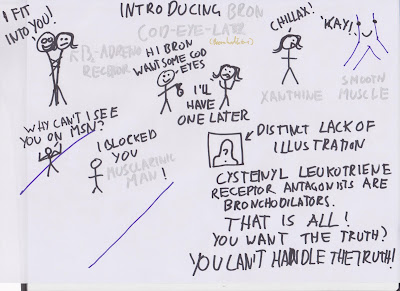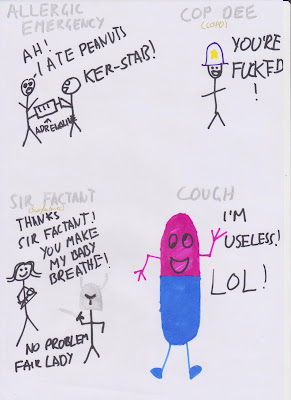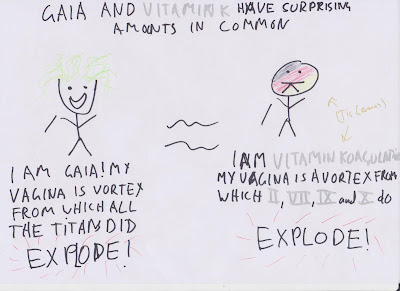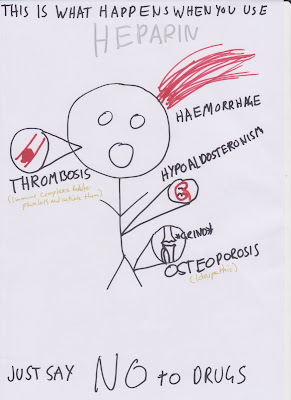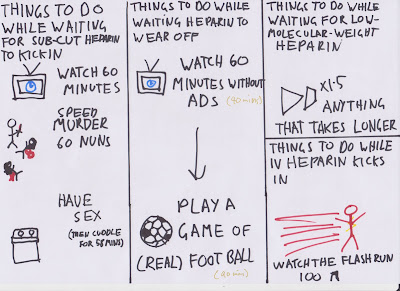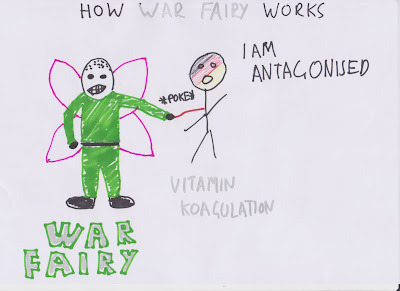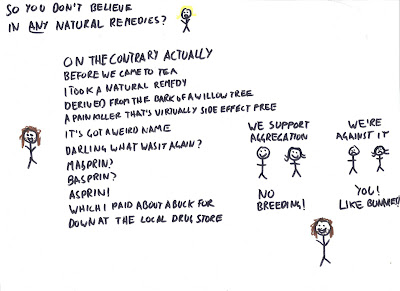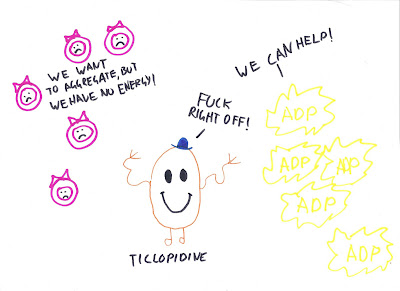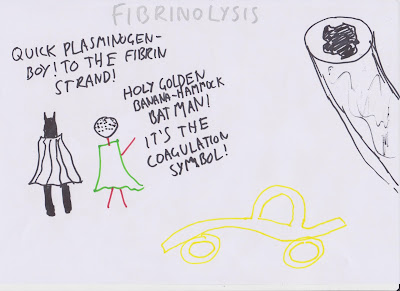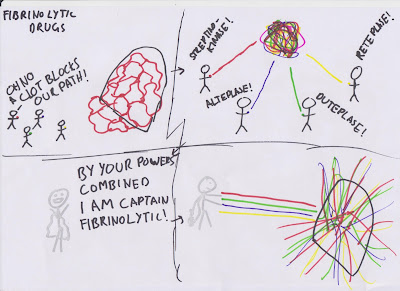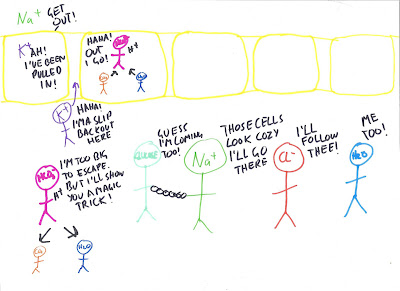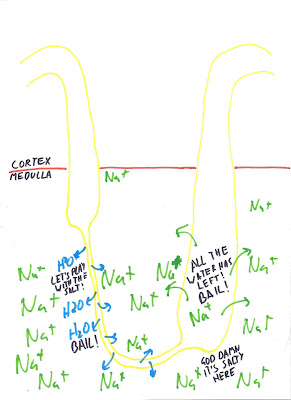The cranial nerves are one of those things that don't agree with me, because they're essentially a list of forms and functions. We could try to remember them like this...
I - Olfactory Nerve - Supplies sensory fibres to the nose, to the olfactory mucosa in the upper parts of the nasal cavity, instrumental in sense of smell, runs through the cribriform plate.
But the olfactory nerve is one of the simplest cranial nerves and trying to learn twelve just like it would kill me. So I've drawn a series of pun heavy pictures instead. Not all my posts will be this picture-pun heavy, but anatomy is a tricky subject to represent comically.
Olfactory Nerve - Sense of Smell - Cribriform Plate
Optic Nerve - Information from eye to the brain - Optic Canal
This one needs to be redone, the Occulomotor nerve runs through the Tentorium but it doesn't go through the optic canal, it runs through the Superior Orbital Fissure. It then supplies all the muscles that move the eye except the Lateral Rectus and Superior Oblique. It is responsible for the pupillary reflex.
Trochlear Nerve - Superior Orbital Fissure - Superior Oblique
Trigeminal Nerve is where thing start to get a little complicated. It includes three parts, the Opthalmic (runs through Superior Orbital Fissure), the Maxillary (Runs through Foramen Rotundum) and the Mandibular (Runs through Foramen Ovale). Only the mandibular has a motor supply (It supplies the muscles of mastication as well as a few others involved in chewing biting and swallowing), the others are purely sensory.
Abducens - Superior Orbital Fissure - Lateral Rectus
The Facial Nerve supplies the muscles of facial expression, the corneal reflex and (via the chorda timpani) taste in the anterior two thirds of the tongue and stimulation of the submandibular and sublingual salivary glands. It runs through the Internal Auditory Meatus.
Vestibulocochlear - Sound, balance and orientation - Internal Acoustic Meatus (What the ears are saying is irrelevant, I just didn't want to repeat the joke.)
It really doesn't sound like anything punny, I swear. I tried and tried. Supplies taste to the anterior two thirds of the tongue and the parotid salivary gland. Runs through the Jugular Foramen.
Vagus Nerve - Supplies muscles of the pharynx and larynx - Jugular Foramen
Accessory nerve - Supplies Trapezius and Sternocleidomastoid (which allowing shrugging and head movement - Jugular Foramen

Hypoglossal Nerve - Supplies the muscles that move the tongue - Hypoglossal Canal
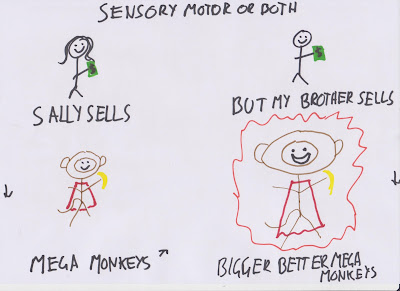
Being able to know which of the nerves have a motor or sensory supply can be helpful to remember the specifics of what they do. The above mnemonic tells you whether they have Motor (M), Sensory (S) or Both (B).
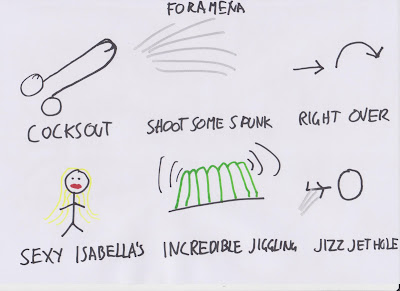
I don't like being this blatantly vulgar, I like to be a little more subtle about it, but the most popular mnemonics are dirty ones, and there wasn't a PG equivalent. I'm also not hugely keen on acronym mnemonics, but the holes the nerves go through are a pain to remember, so I found a backup to just my pictures to be helpful. Translation is as follows
Cribriform Plate I, Optic Canal II, Superior Orbital Fissure III, Superior Orbital Fissure IV, Superior Orbital Fissure V1, Foramen Rotundem V2, Foramen Ovale V3, Superior Orbital Fissure VI, Internal Acoustic Meatus VII, Internal Acoustic Meatus VIII, Jugular Foramen IX, Jugular Foramen X, Jugular Foramen XI, Hypoglossal Canal XII
That's it for the cranial nerves, I hope it's at least some help to you. The next one I'll draw and upload will probably be my kidney tutorial derived from Saladin. I have working sets of notes for Rang and Dale for Chapters 18, 21, 23 & 24 but I want to do a bit more work on the before I upload them.
Edit: If anyone has any specific requests for topics they'd like me to cover just comment/email/whatever me and I'll prioritise that.

